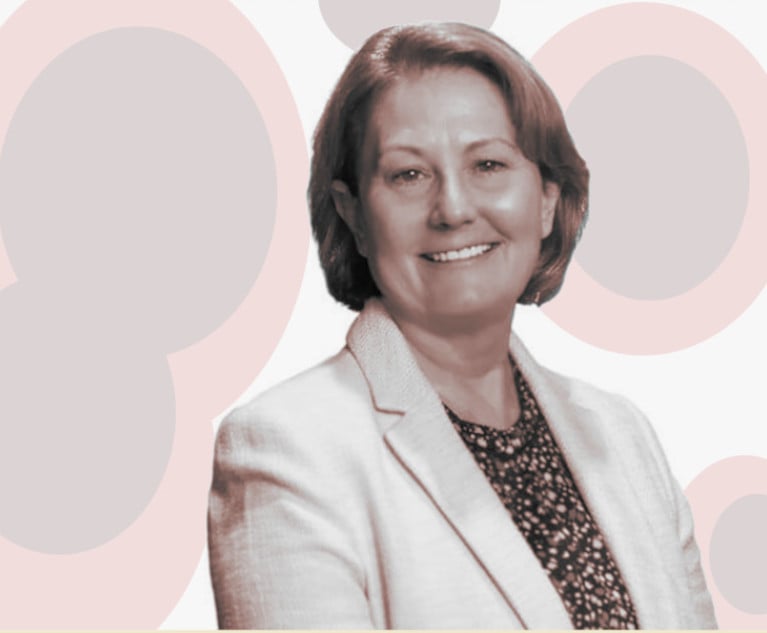Effective dispute resolution is the cornerstone of effective litigation. But to effectively litigate, a litigator must possess a thought process that allows for in-depth thinking and somewhat of a contrarian mindset to effectively solve their client’s dispute. This thought process has to incorporate not just the legal ramifications of the dispute, but it must also include how the dispute will affect the client’s business today and in the future. Focusing on the legal standards and binding authority relative to the client’s dispute is not enough to effectively and efficiently resolve the client’s issues. Instead, it requires a deeper level of thinking.
In the investing world, famous investor Howard Marks calls it “second-level thinking.” He describes second-level thinking as “the ability to see around the corner.” He further describes a second-level thinker as one who goes through a much more complex process when thinking about an asset, rather than simply observing what’s on the surface. In his book The Most Important Thing, Marks says, “first-level thinking says, ‘it’s a good company; let’s buy the stock.’ Second-level thinking says, ‘it’s a good company, but everyone thinks it’s a great company and it’s not. So the stock is overrated and overpriced; let’s sell.’”
This content has been archived. It is available through our partners, LexisNexis® and Bloomberg Law.
To view this content, please continue to their sites.
Not a Lexis Subscriber?
Subscribe Now
Not a Bloomberg Law Subscriber?
Subscribe Now
LexisNexis® and Bloomberg Law are third party online distributors of the broad collection of current and archived versions of ALM's legal news publications. LexisNexis® and Bloomberg Law customers are able to access and use ALM's content, including content from the National Law Journal, The American Lawyer, Legaltech News, The New York Law Journal, and Corporate Counsel, as well as other sources of legal information.
For questions call 1-877-256-2472 or contact us at [email protected]


 Ian Shaw, associate with Munsch Hardt Kopf & Harr. Courtesy photo.
Ian Shaw, associate with Munsch Hardt Kopf & Harr. Courtesy photo.




